please remember you can click on a photo to see a larger version & highlighted text are links to further information
The Grand
Adventure - Summer 2018 - Part Two
Wild & Native
One of my
favorite books in my library is Patrick Trotter's Cutthroat: Native Trout of the West. I find the story of Cutthroat Trout - how they spread throughout the
west, even crossed the Continental Divide, and evolved into various subspecies
- fascinating. This next part of our trip would be a visit to the home waters
of the Westslope Cutthroat trout in Idaho.
A plus was
that this trout's scientific name includes both Lewis & Clark -
Oncorhynchus clarkii lewisi.
We crossed
from Montana into Idaho via Hoodoo Pass.
We dropped
into the North Fork Clearwater River drainage until we intersected with Kelly
Creek and then drove to the start of the Kelly Creek Trail.
We found a
nice spot to disperse camp.
Kelly Creek
and all its tributaries are catch and release, single barbless artificial fly
only special regulations, thus it is now a favored fly fishing destination. The
cutthroat trout population was devastated by thoughtless anglers and poor fishery management until these special
regulations were adopted in 1970. The fishery is now a testament to the success
of catch & release of wild trout.The habitat is also protected because most of it is inside a large roadless area.
We arrived
mid afternoon, set up camp, and began
our fly fishing adventure on Moose Creek. We quickly tied into six wonderful
Westslope Cutts, all taken on a caddis dry.
We walked up
the trail in the evening. The trail is high above Kelly Creek in most places.
The Lady searched for swamp donkeys - moose - with her see mores.
Fog
blanketed the canyons the next morning.
We hiked up
Kelly Creek trail.....................................
.................... until we reached the confluence with Cayuse Creek. Cayuse is
the larger of the two streams.
The air was
clearer of residual wildfire smoke looking down Kelly Creek.
Kelly Creek
and Cayuse Creek are larger rivers than I'm accustomed to fishing. I had much
to learn. We waded up Cayuse Creek. I raised a few trout with my caddis dry but
never had a take. There was a beautiful run several hundred yards up from Kelly
Creek that was a perfect place to learn. I watched holding patterns, insects,
and the occasional rise. I tried to be a good student but I never connected
with a trout.
We had
several miles back to camp - this would be more of a hiking/exploration day -
so we headed back but stopped at two or three spots on Kelly Creek to continue
my education. Whatever the outcome of fly fishing success would be, this was
such spectacular country it did not matter much. Bald eagles, golden eagles,
and ospreys flew overhead.
The morning
fog was thicker the next morning.
We again
hiked up Kelly Creek, but this would be much more of a fly fishing day. We
dropped down to the river at around two miles up and started wading and fishing
upstream. This morning I started with a grasshopper pattern. I got interest but
no connections. We continued up and reached a deeper run with nice underwater
rocks. I switched to a nymph.
"Shoulda
been nymphing!" I said to the Lady with the solid hook up at tail end of
the run. The trout pulled hard and worked the current.
"What a
tussler!" the Lady said with a broad smile as I brought the cutthroat to
her waiting ghost net.
A couple
more enjoyed taking the nymph and pulling hard before coming to the net and
being carefully released.
Ignoring my
own advise, I switched back to a realistic foam grasshopper pattern. There were
hoppers about. The cutts had to be eating them. I brought up a few but my offering
was refused. I've often found, at times like this, lengthening my tippet helps,
so I went to work. I tied six feet of new 6x tippet to my leader. I now had
success on the first float down the current seam.
The Lady
shimmied out on a log and then climbed to the top of a large rock in the
current.
She lay on
her belly and watched upstream. I waded out to my waist to a point where I
could cast up into the current along the rock. A brisk wind was gusting up the
canyon. Isn't that always the case? On my first cast the wind caught my hopper
and looped it around the Lady's rock and out of my sight.
"Did it
take it?" the Lady shouted. She was excited!
"It was
huge. It came out of the water to take the hopper. Its tail was bigger than my
hand!"
I felt nothing.
There was no huge cutthroat tussling at the end of my line. Just seeing this
trout porpoise out of the water was the day's highlight for the Lady.
"You
should have seen it!" echoed above the rush of Kelly Creek.
The
afternoon wind had fun with my large fly on the end of its long fine tippet. I
was treated to a lesson in wind knots. I got to practice and practice all my
knot tying skills. A couple of times the entire tippet was wrapped around my
rod in a stunning tangle. The hopper dangled at the end, smiled at me and said,
"Go ahead, just try and undo this
mess."
But, as in
all things fly fishing, patience and quiet determination wins the day. The
largest of today's cutts were fourteen inches, heavy and strong. It was a
thrill to feel their strength on the end of my line. This was a fun day of
fishing for wild, native Westslope Cutthroat trout.
And, there
is nothing better for your leg muscles than a day wading in the strong current
of a cold mountain river.
The wind also brought smoke from distant fires up the canyon, very noticeable on our
return back downriver to camp.
We were
alone the two previous nights at the large dispersed site along Kelly Creek. This evening
two large rigs pulled in in the late afternoon. Somewhat disappointed with
having neighbors, we were pleased they were quiet and respectful. One truck
carried Alaska plates and the second was from Washington.
What a
surprise the next morning when the couple from Washington, Russ and Sue, walked
over because of our truck's license plate. They remembered talking with me at a
music festival two years ago. It was a delight to reconnect.
It was time
to move on with our adventure. We had all day to explore more of the area on
our drive out. We drove up and over the ridge and dropped down to Cayuse Creek
at a place called Cayuse Landing where there is a primitive landing strip. We
noted river access, fishing opportunities, and possible camp sites. Cayuse
Creek is beautiful here. We continued south on a primitive road climbing Toboggan
Ridge. It was a narrow shelf road most
of the way. There were no turn outs or wide spots. Compounding the road's narrow
width was that the majority of the route was through an old burn. The resulting
brush growth along the road scraped the sides of our small truck almost
continuously.
We rounded a
bend. A fallen tree blocked the road ahead. We estimated in could be a mile of
backing up to a turnaround point if we could not get this tree moved. We carry
a bow saw, shovel, and tow strap. As I've mentioned earlier, we are young and
strong so we got to work. With a lot of effort, we moved the tree off the road
and over the hillside. The Lady asked for a photo of the road, visible below, that
we had traveled to get to this spot.
The road
improved just prior to crossing Cayuse Creek again. Here Cayuse Creek is a
small mountain stream.
We intersected
with the Lolo Motorway and worked
our way out to Highway 12 just above Lochsa Lodge. The 64 miles had taken us
over five hours.
Kelly Creek
and Cayuse Creek are remarkable and will be well worth visiting again. I will
continue my homework on the best tactics for fly fishing there now that I've
had this wonderful introduction.
We topped
off our gas tank at Lochsa Lodge and drove up to Lolo Pass, in the heart of
Lewis & Clark territory.
We searched for
an out of the way spot to spend another quiet night.
We were
honored to spend the night at a spot used by Lewis & Clark.
This was one
of the most special spots we have found to overnight and a fitting end to this
part of our grand adventure story.
The wild
native Westslope Cutthroat trout of Kelly Creek had whetted our desire for more
wilderness fly fishing. It was time to backpack into the high lakes.


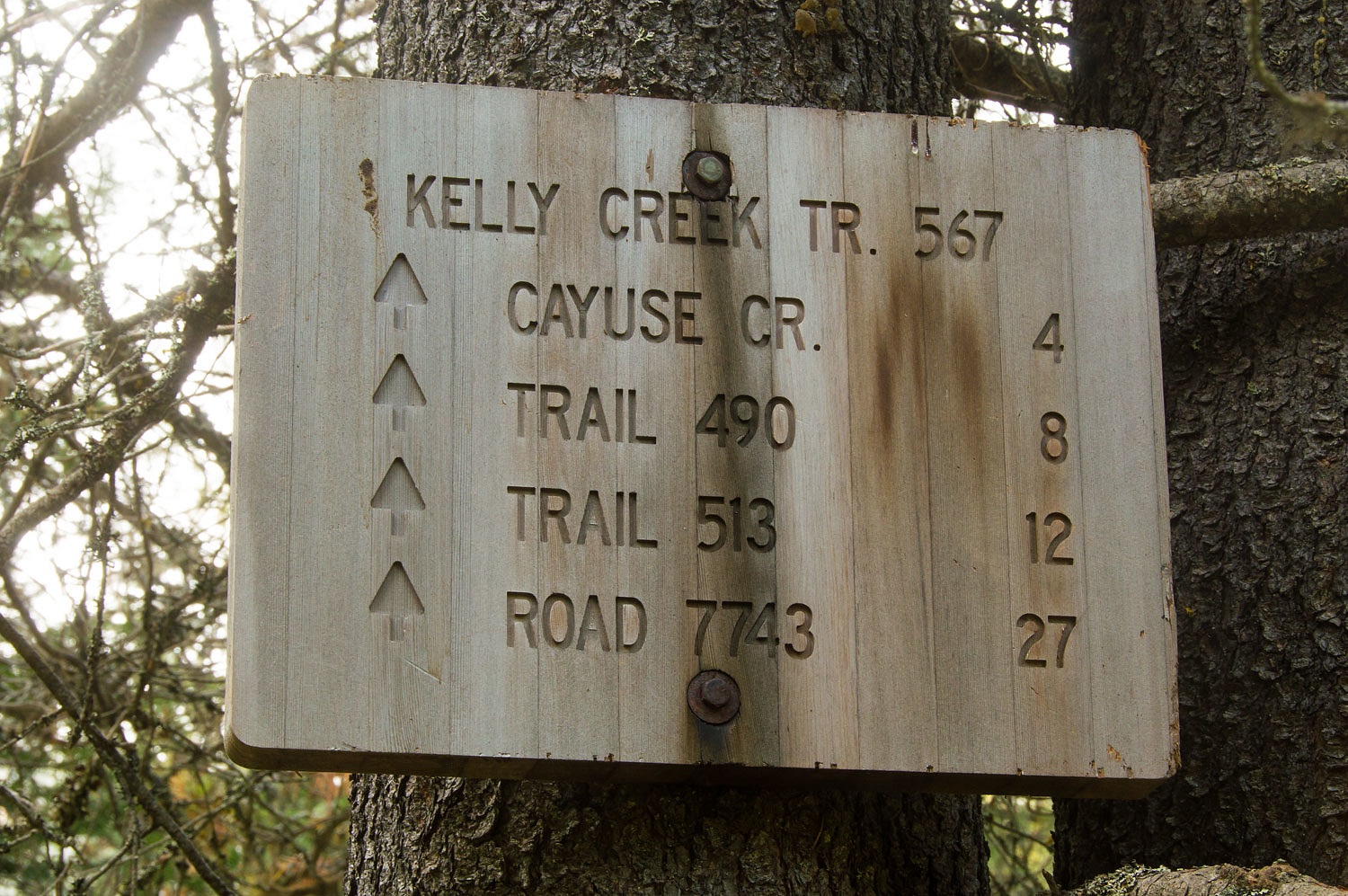
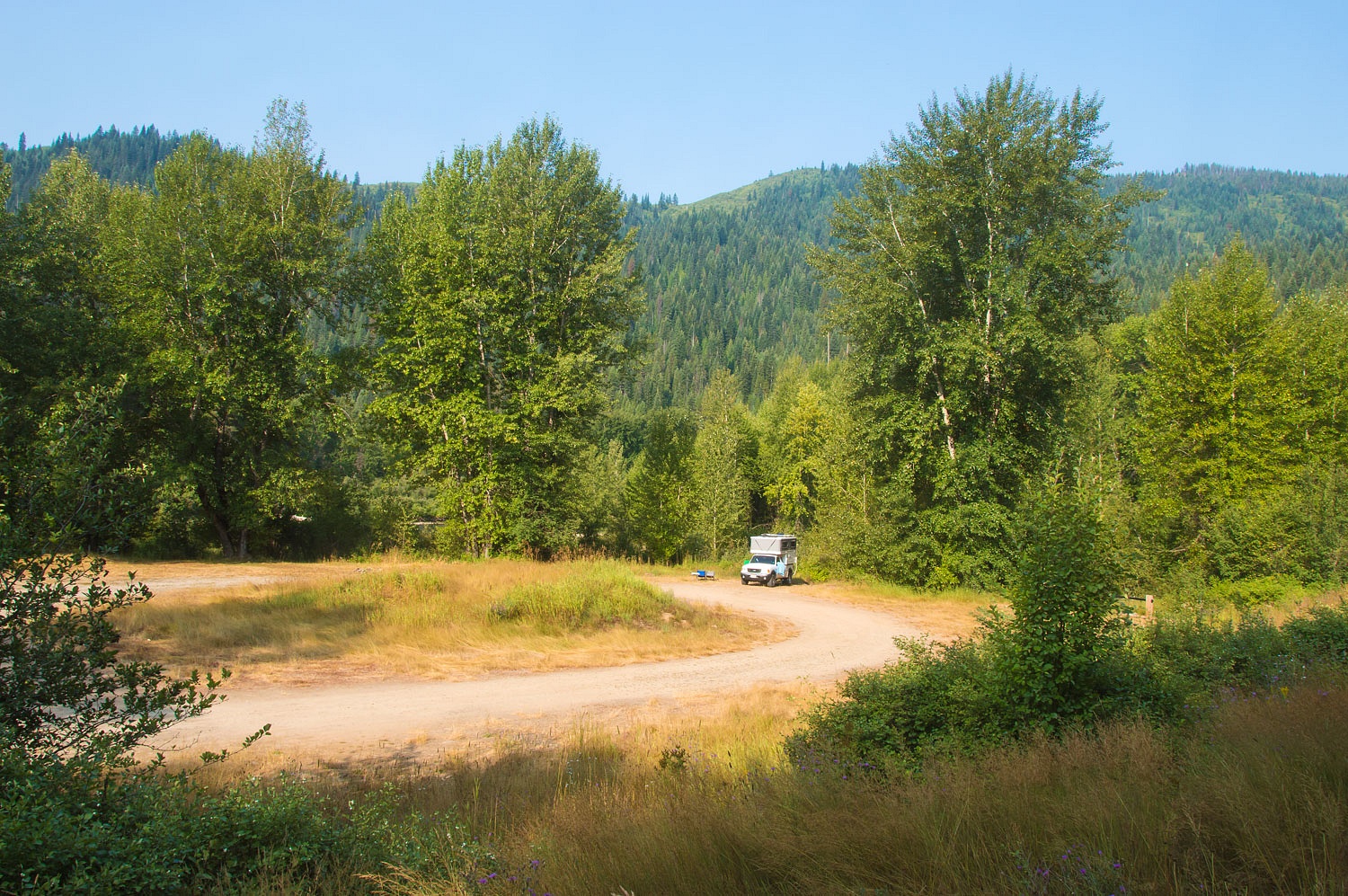
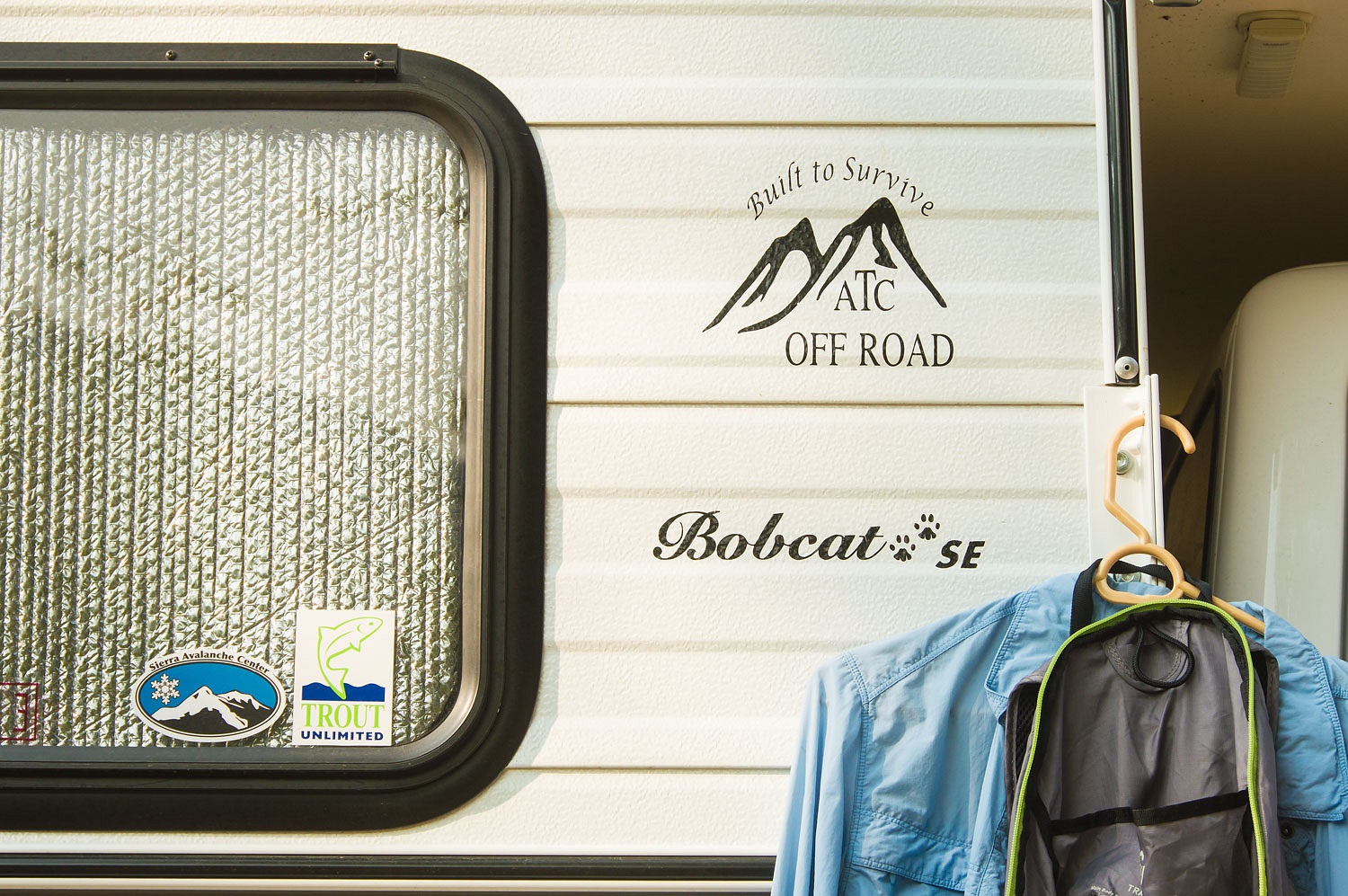
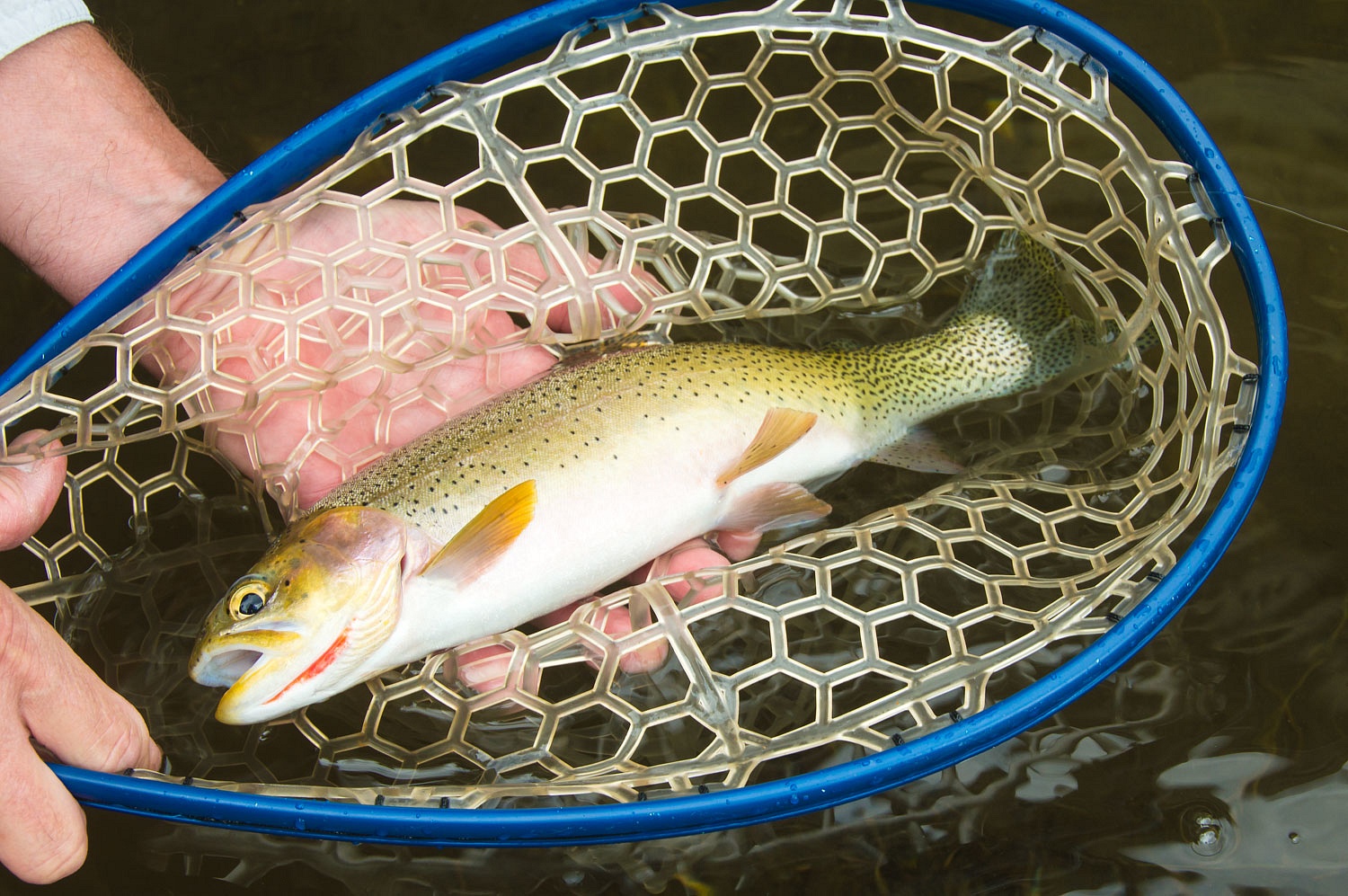
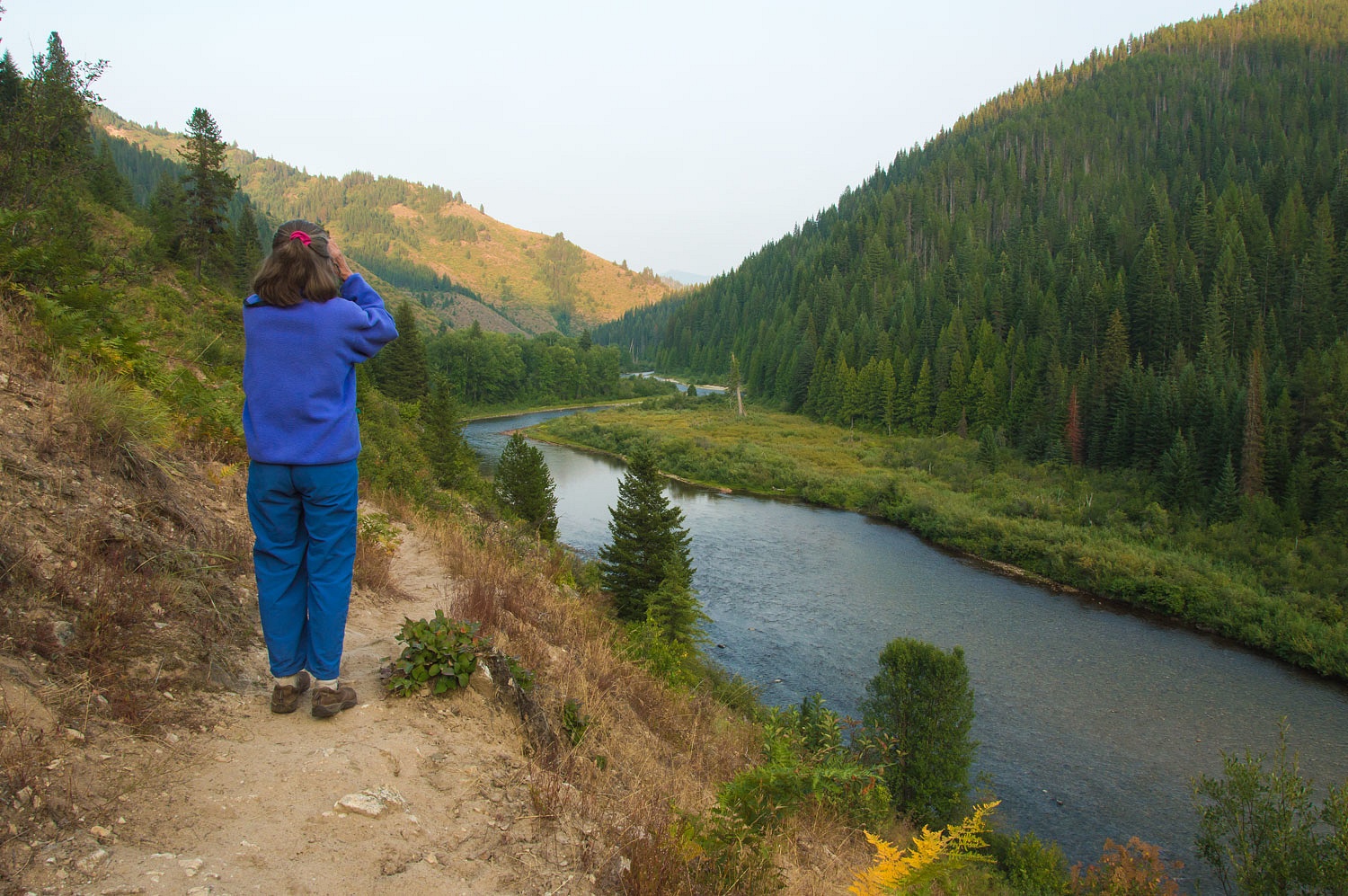
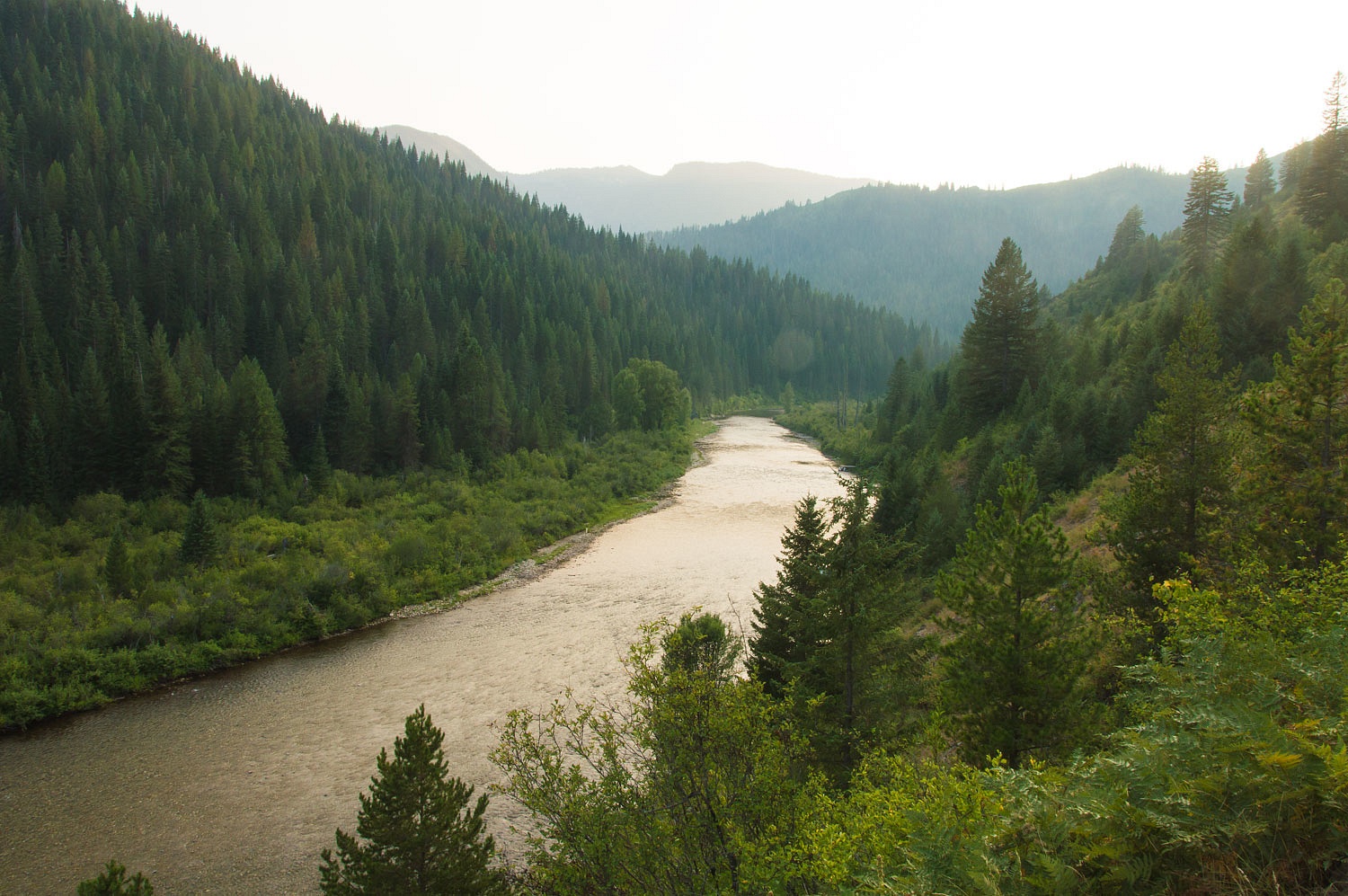
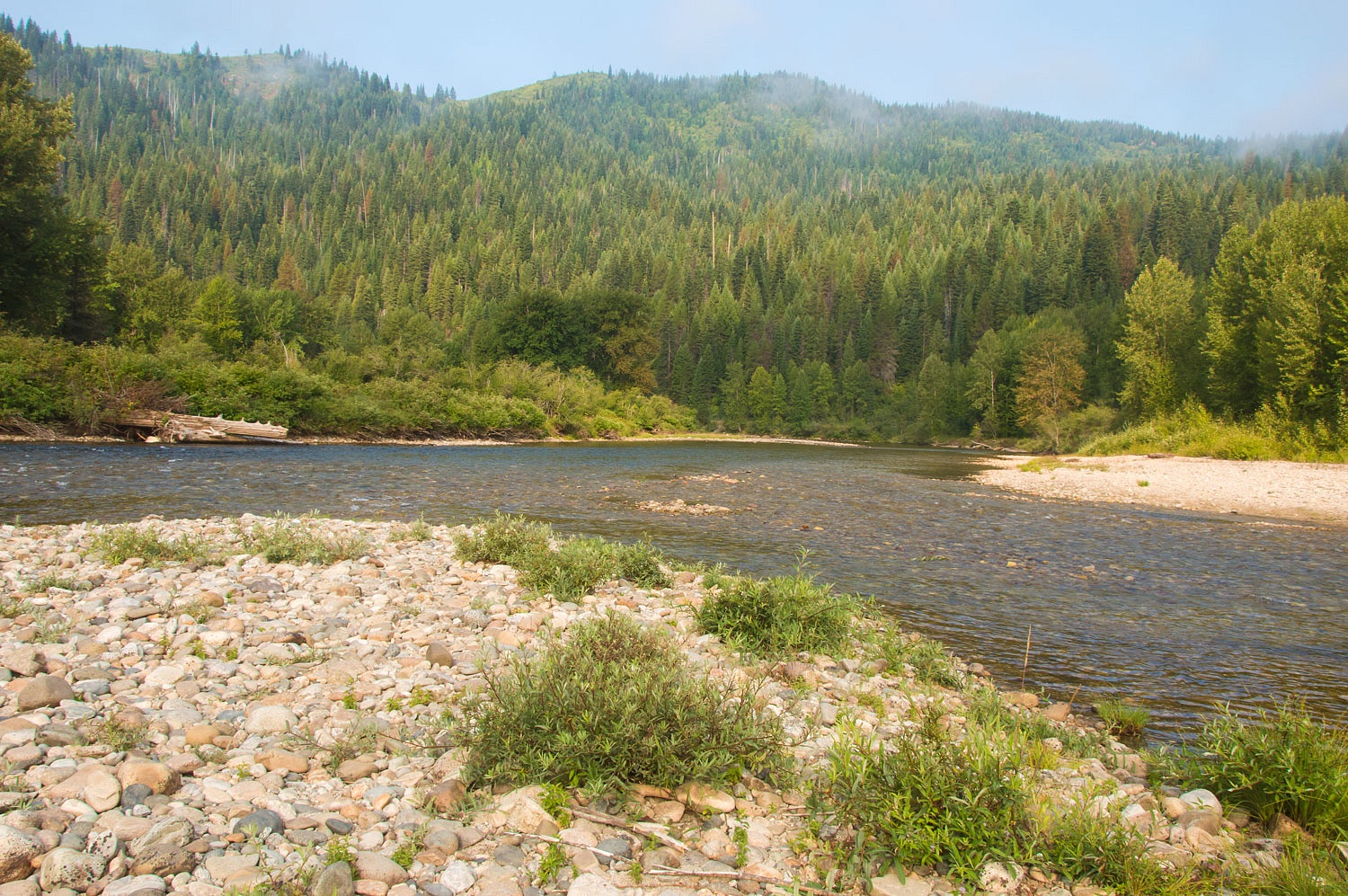
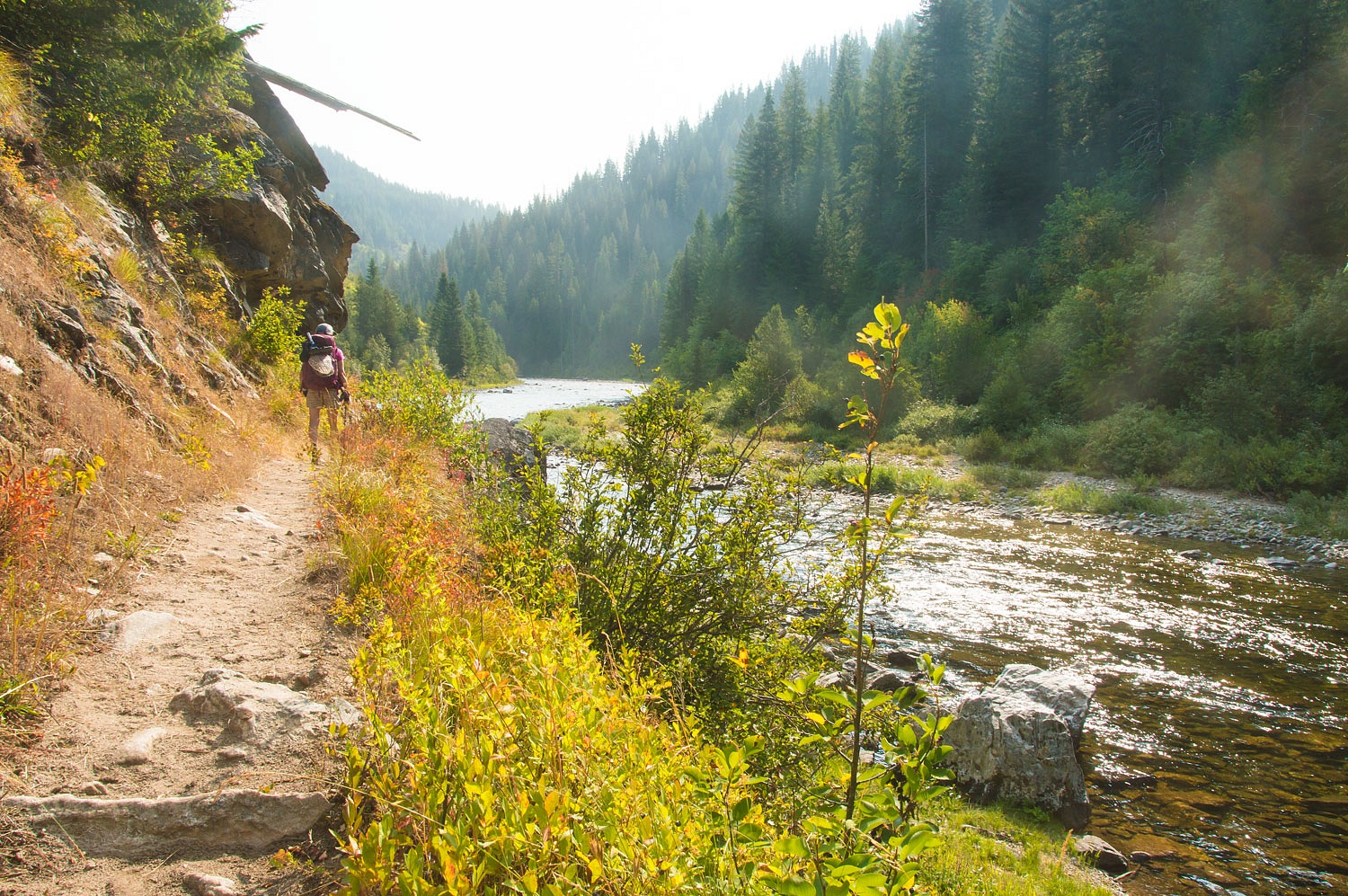
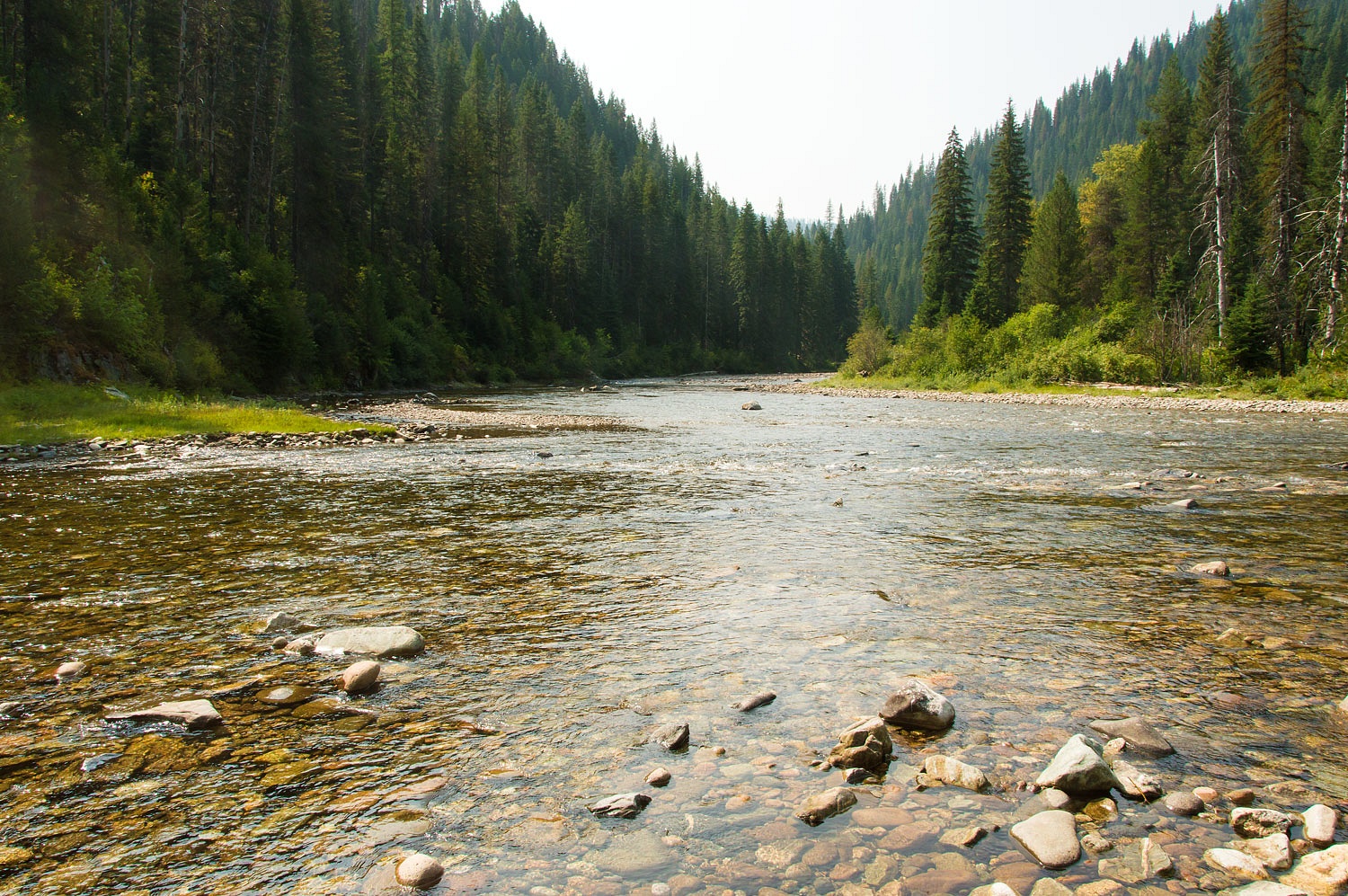
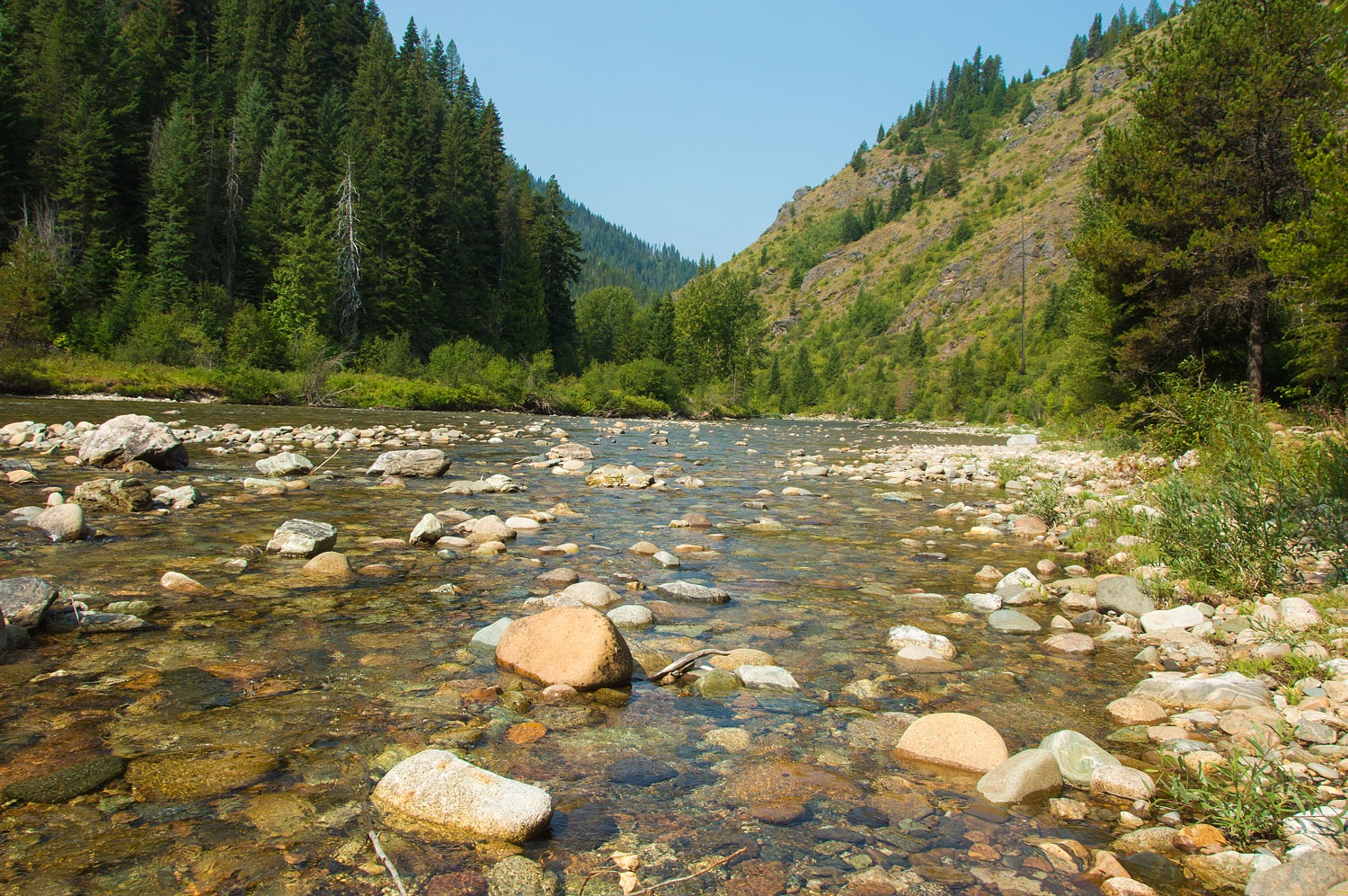
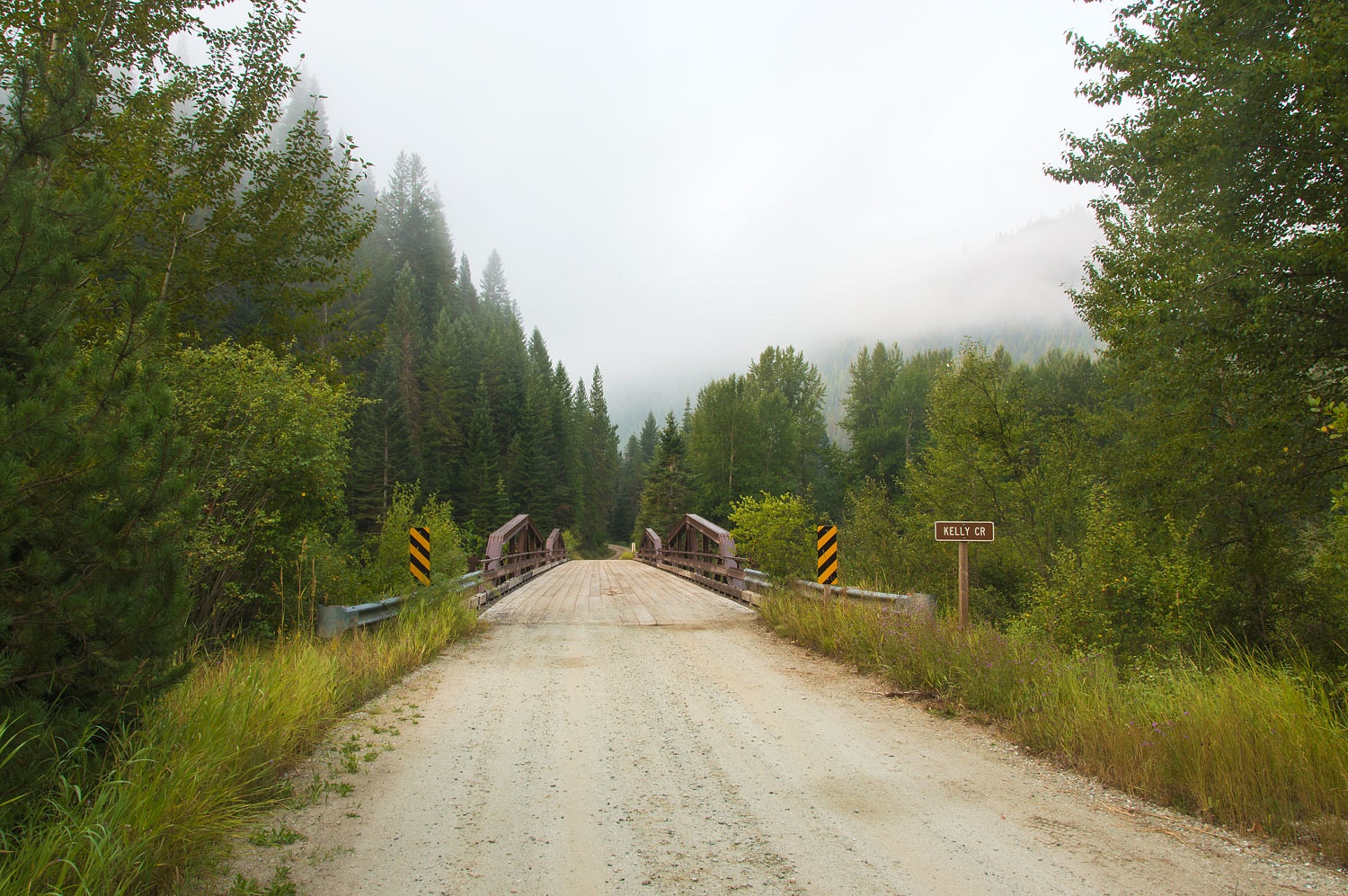
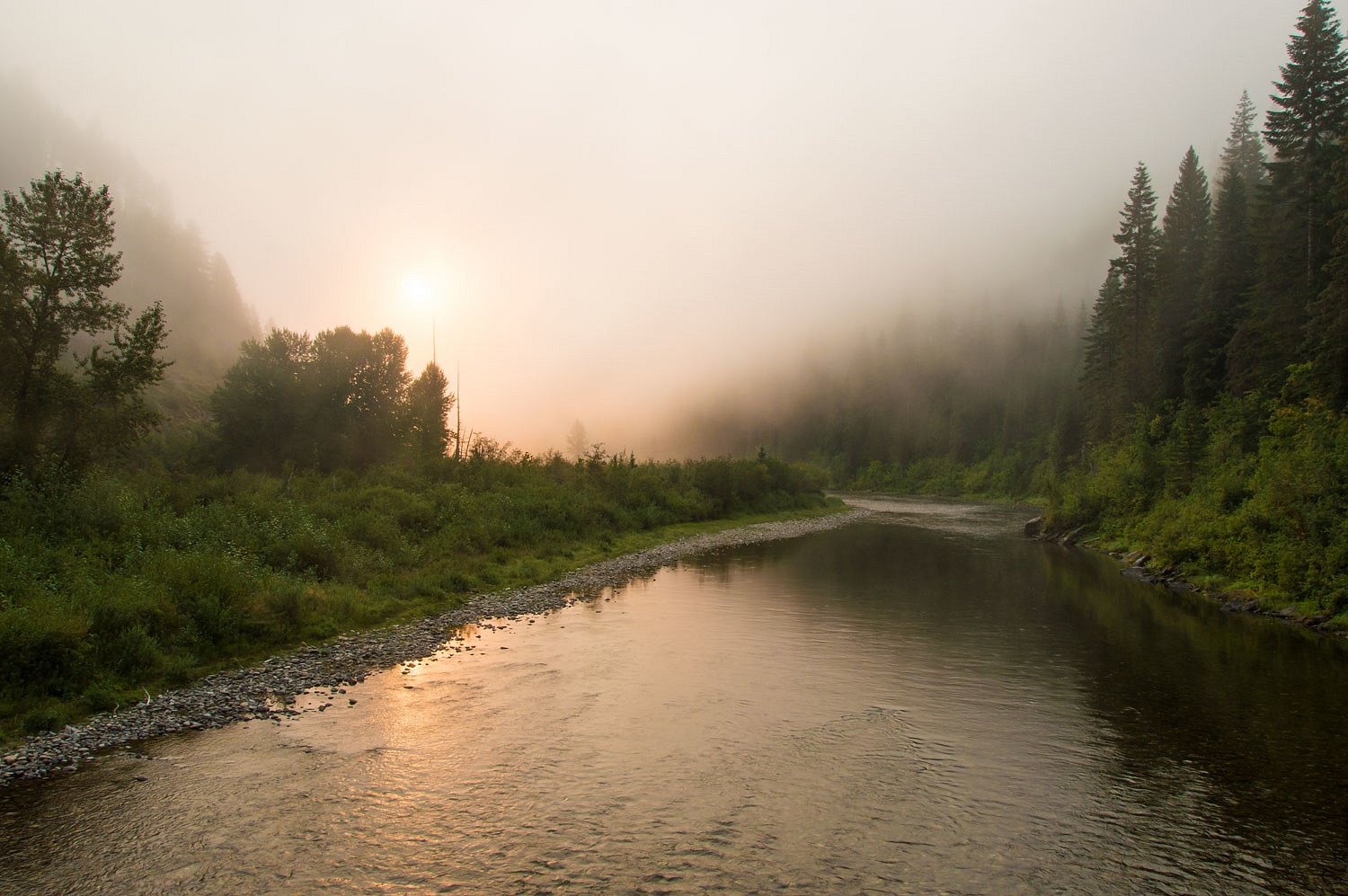
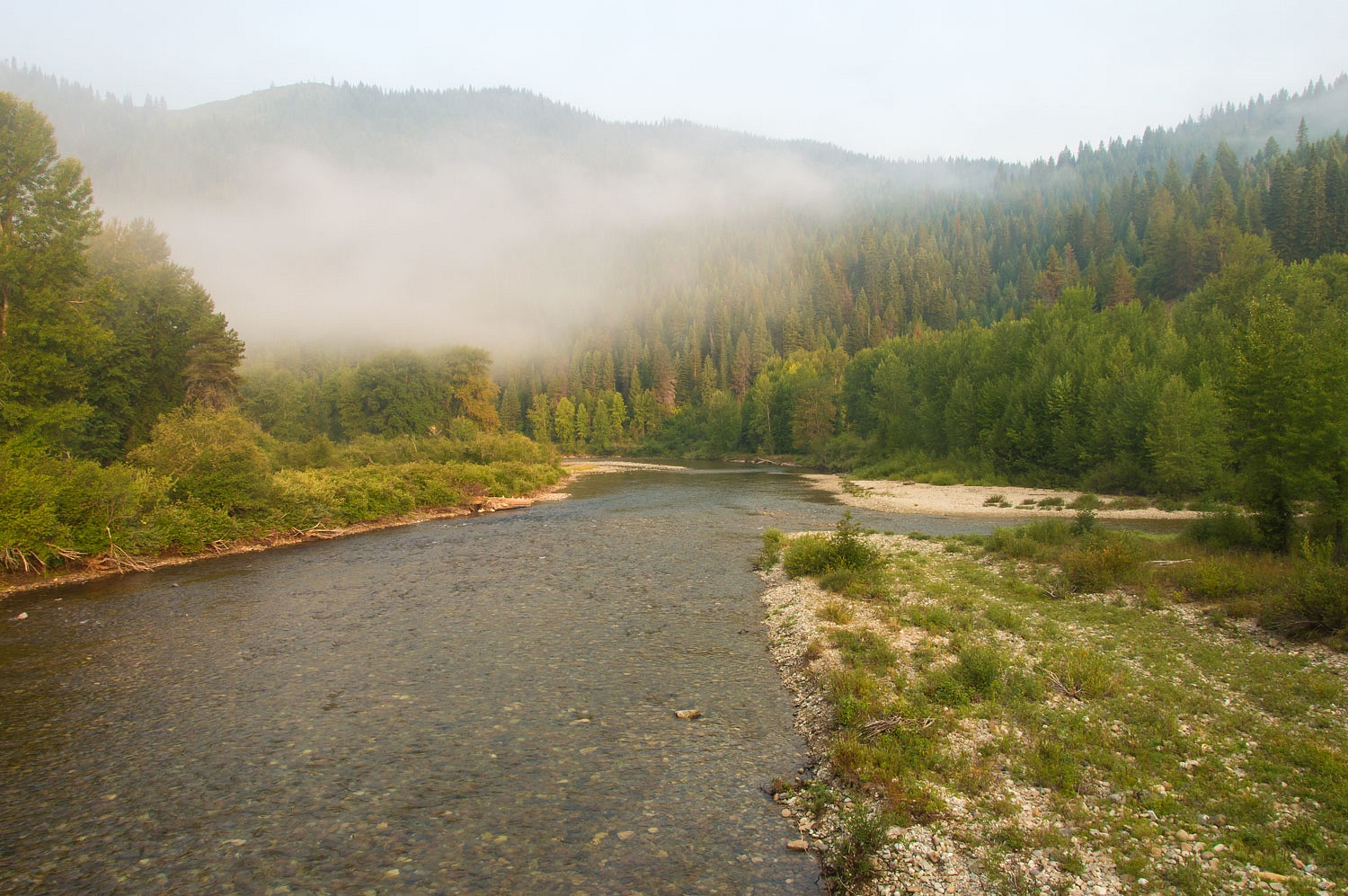
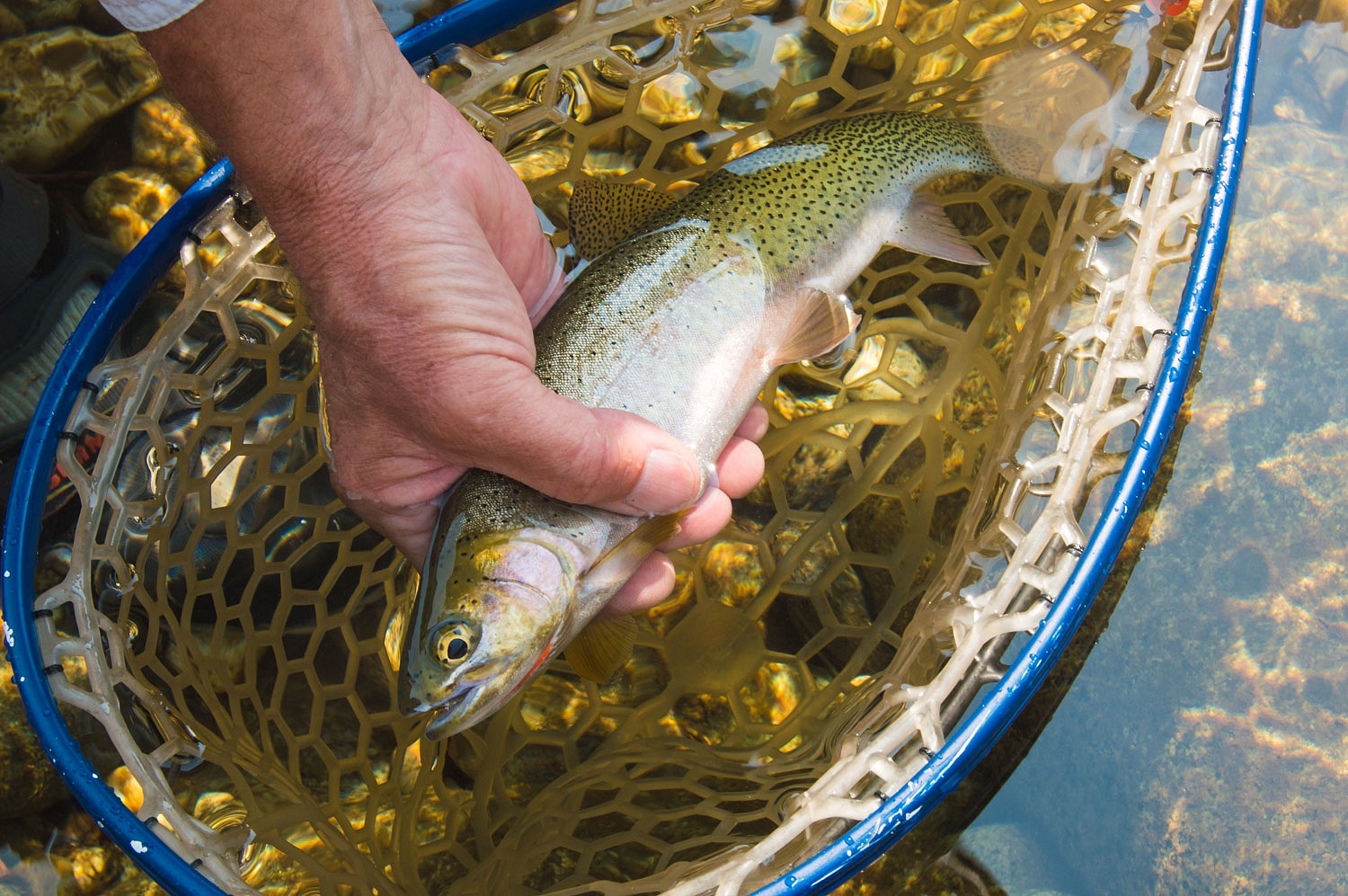
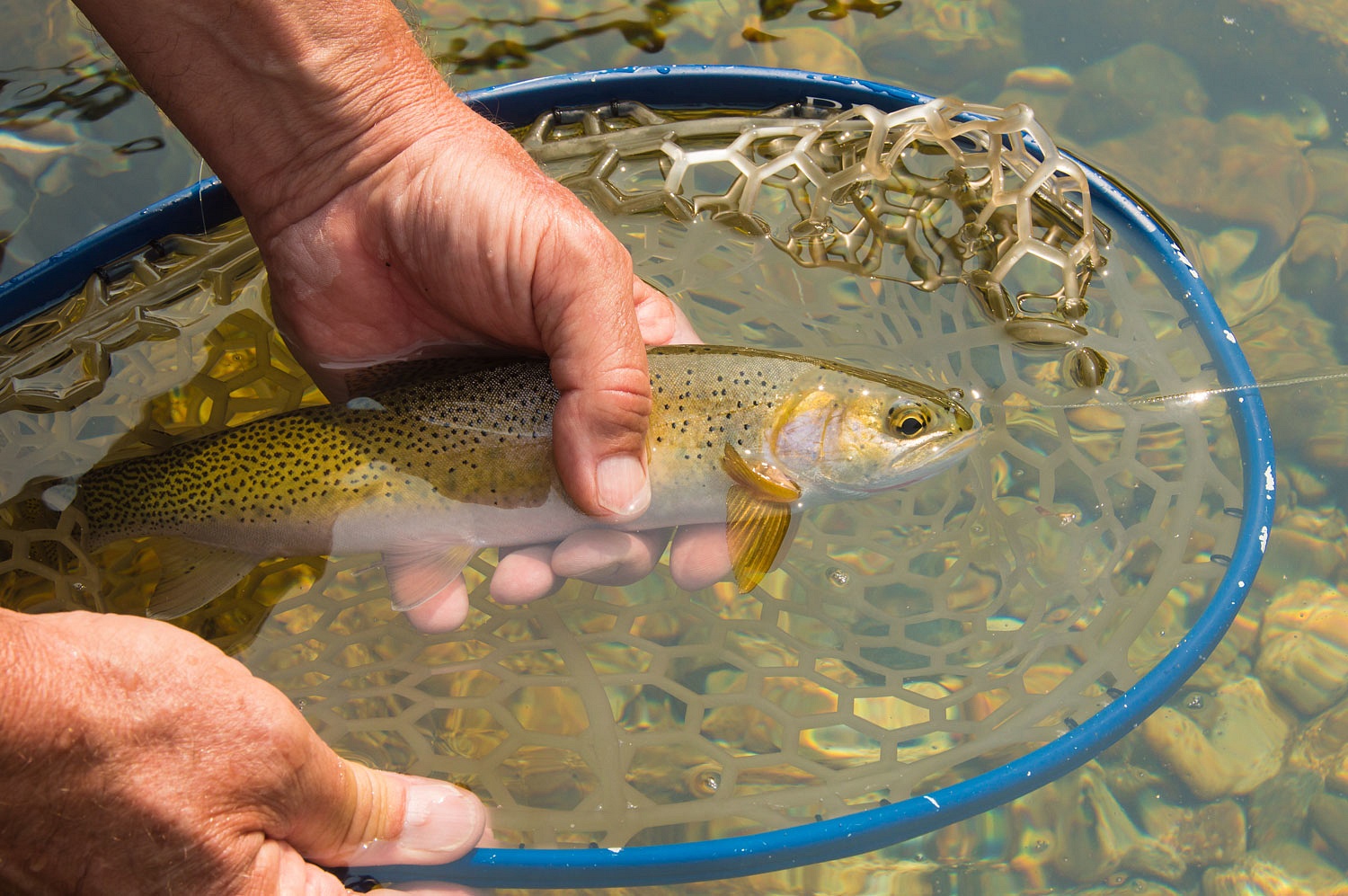
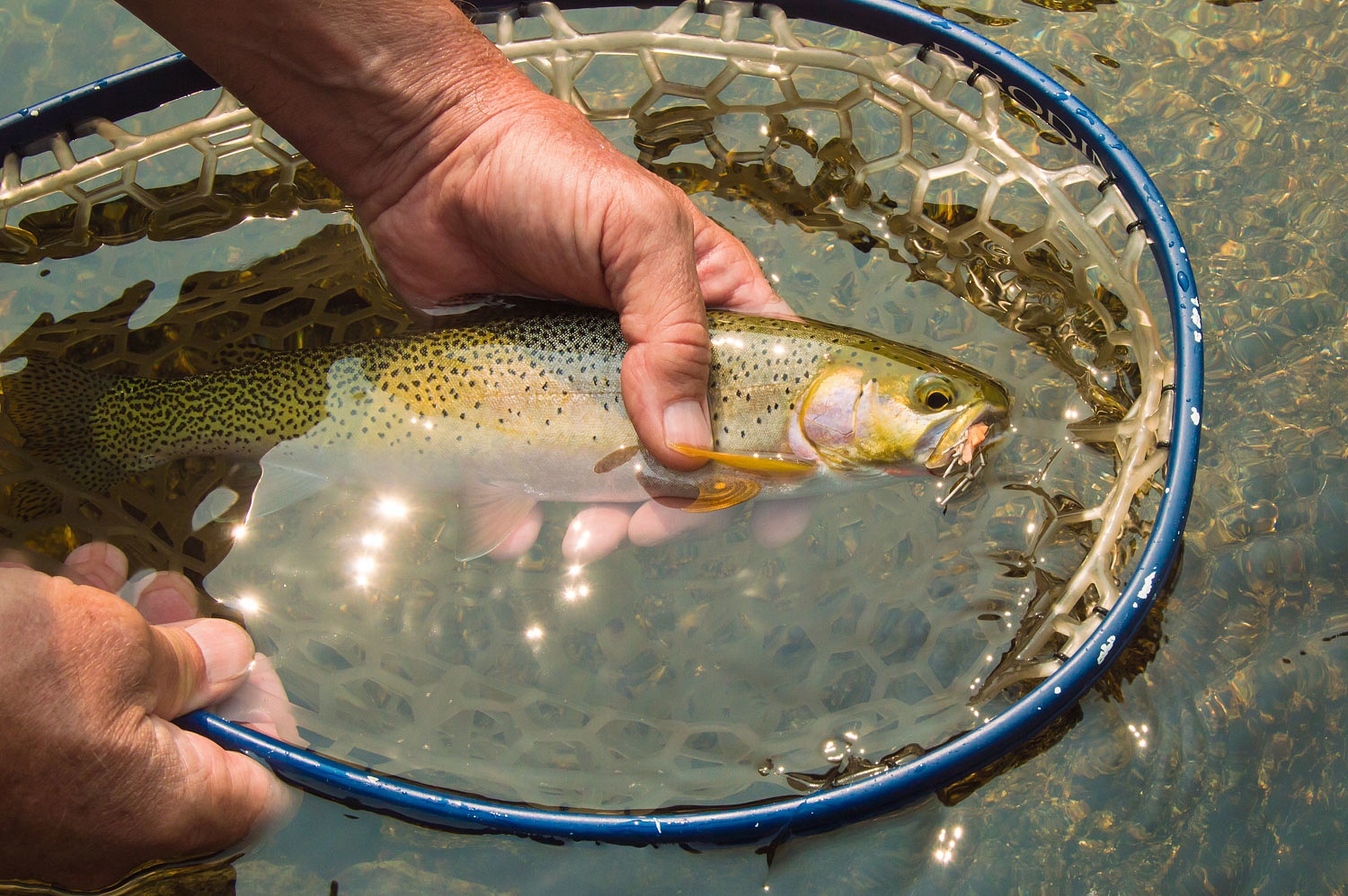
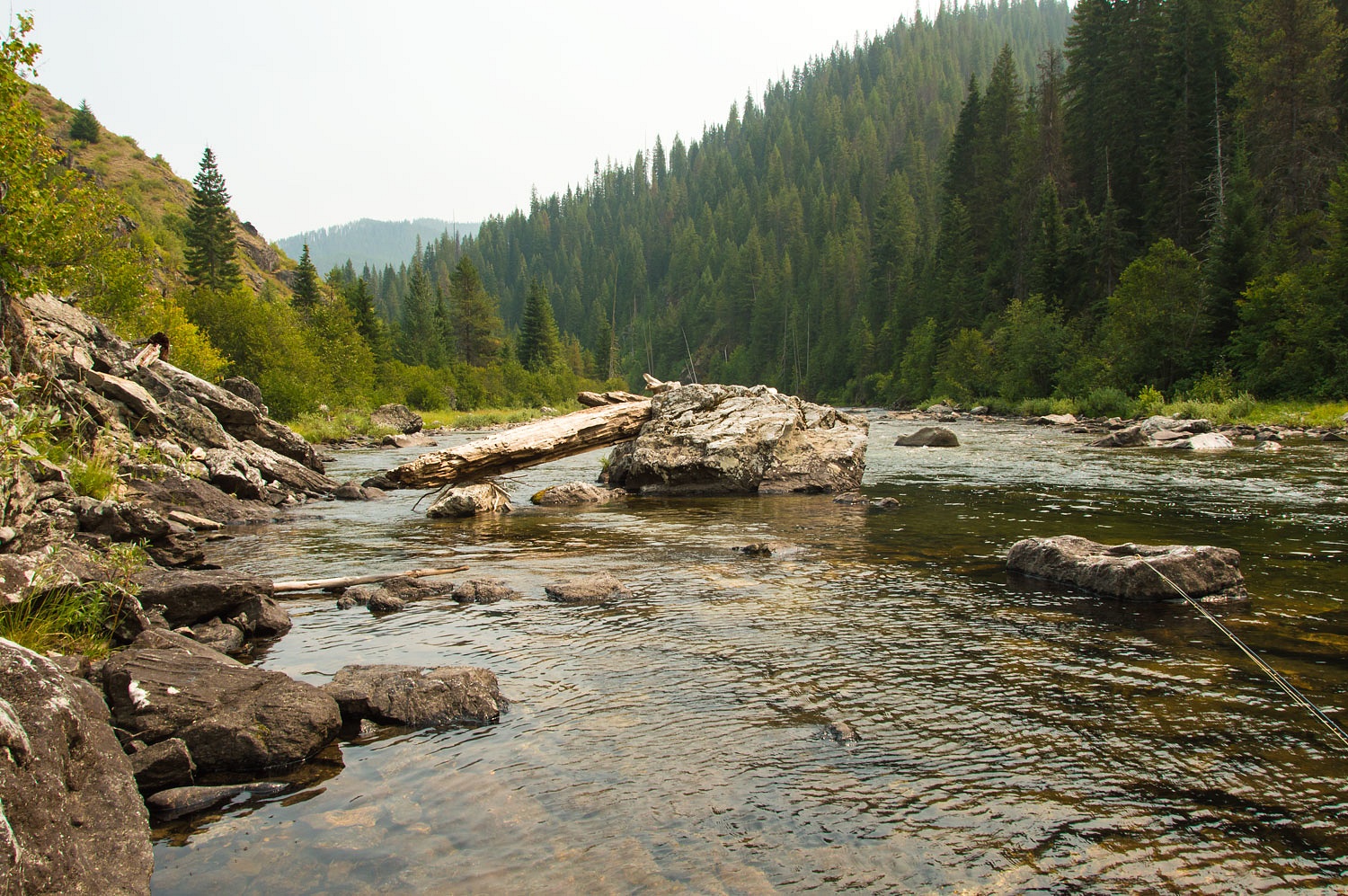
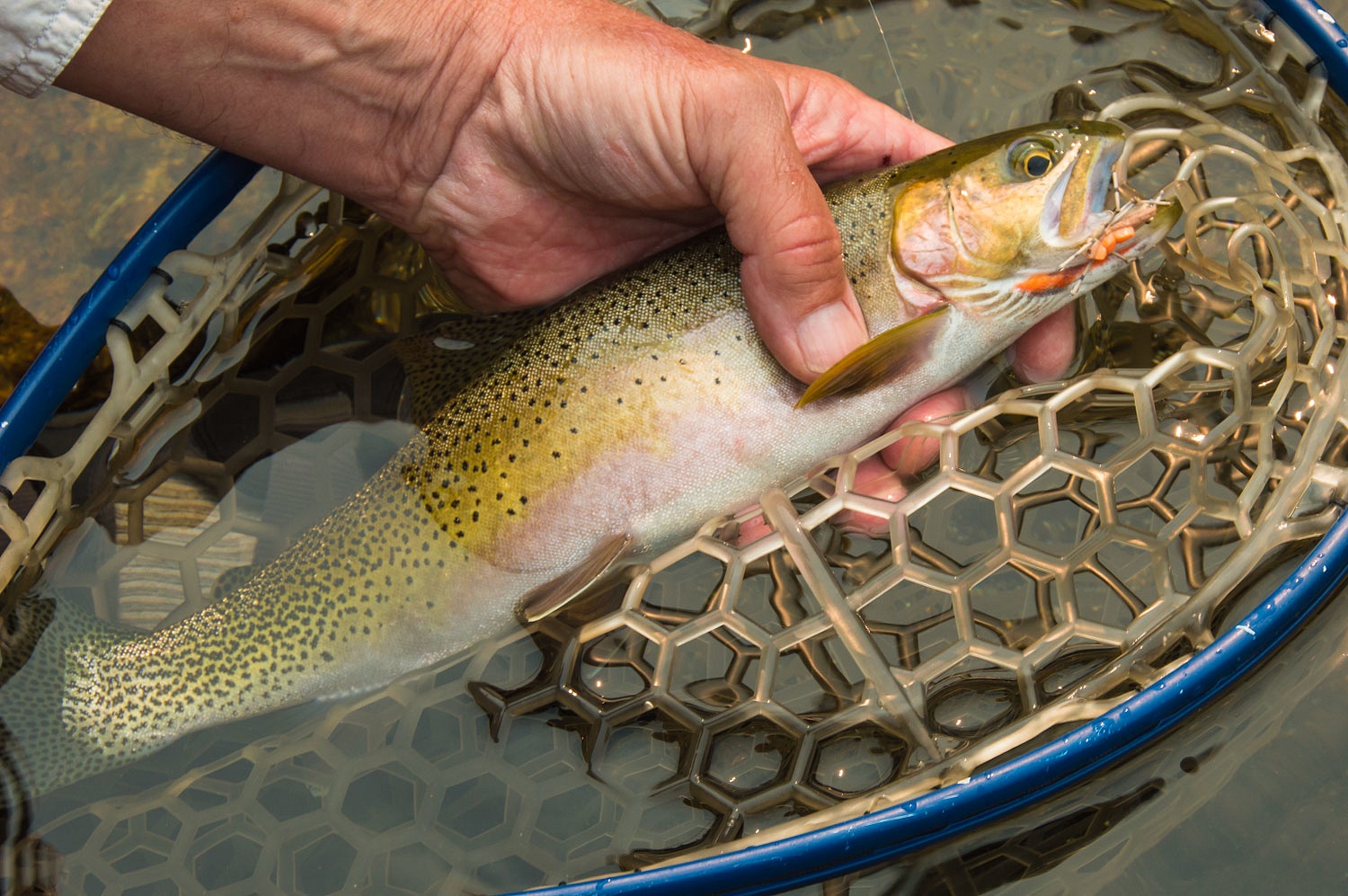
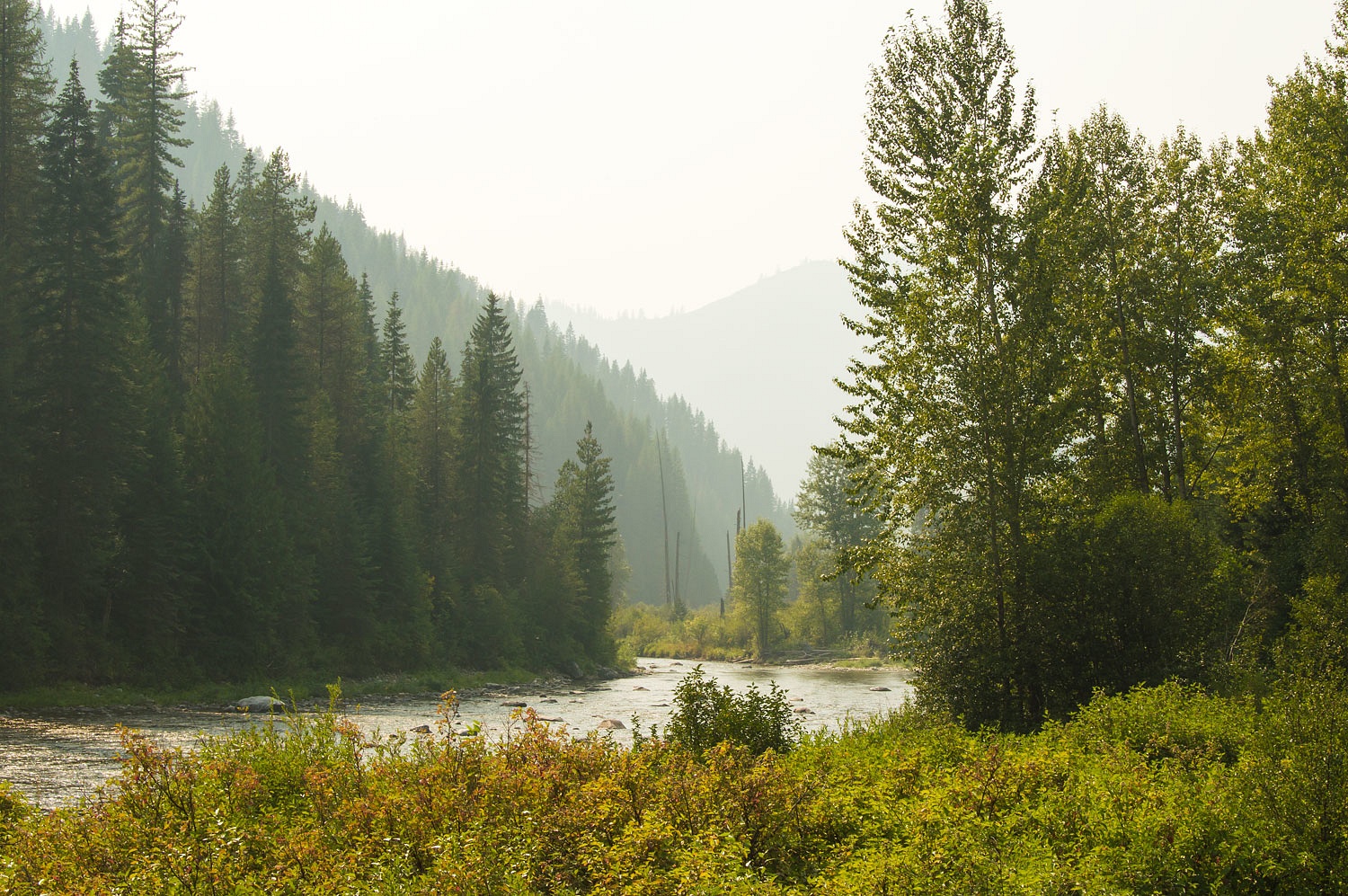
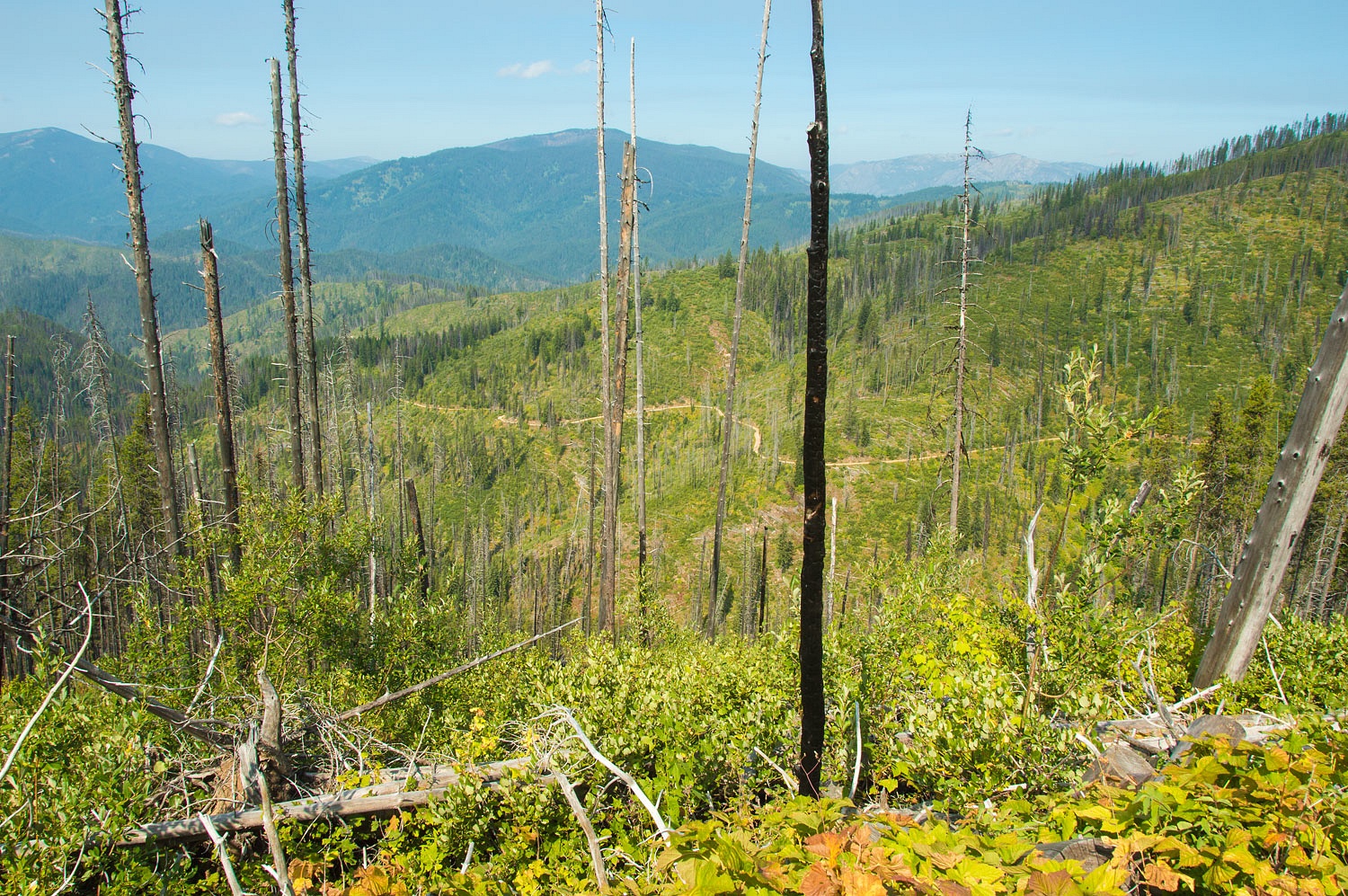

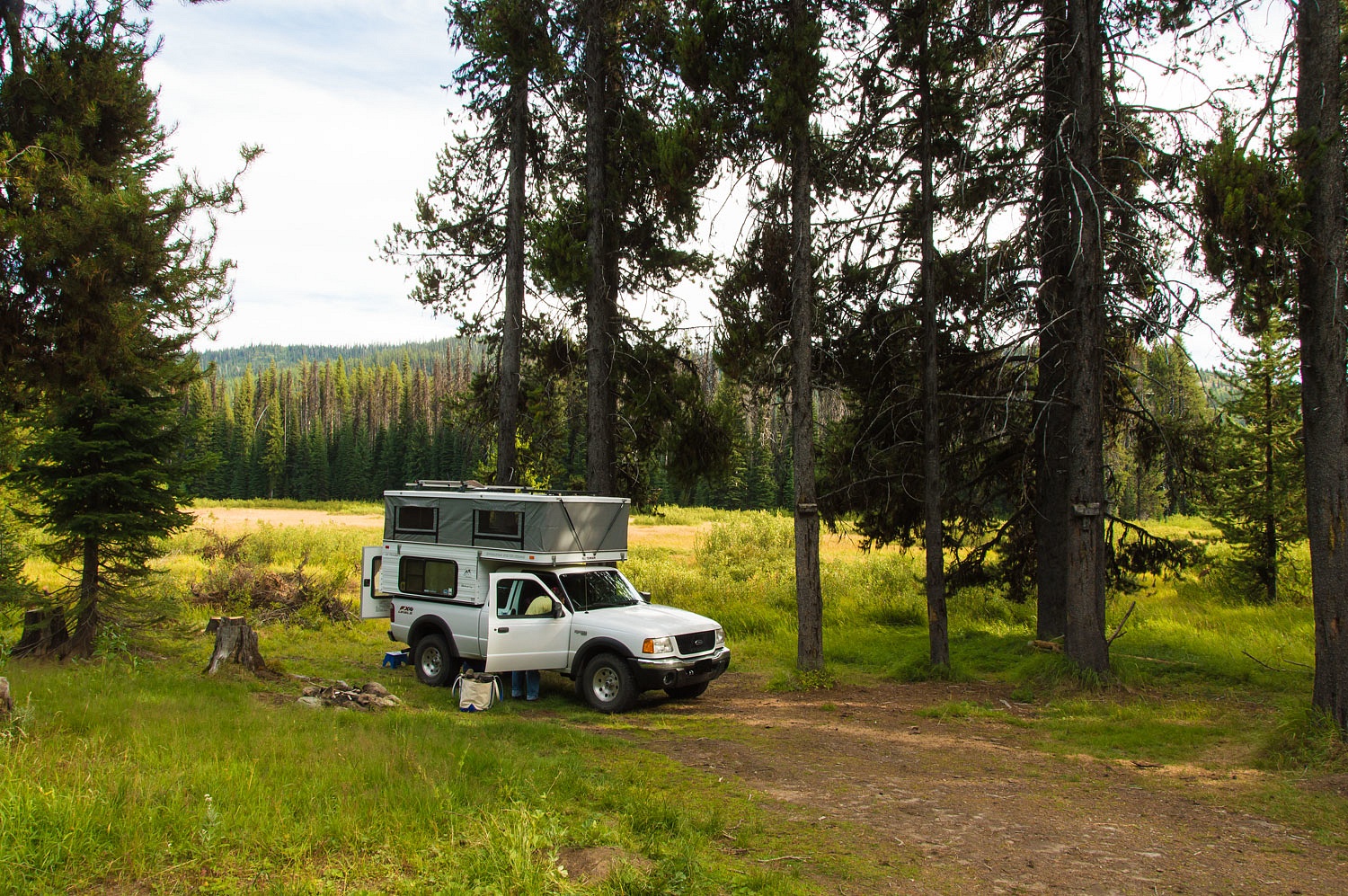
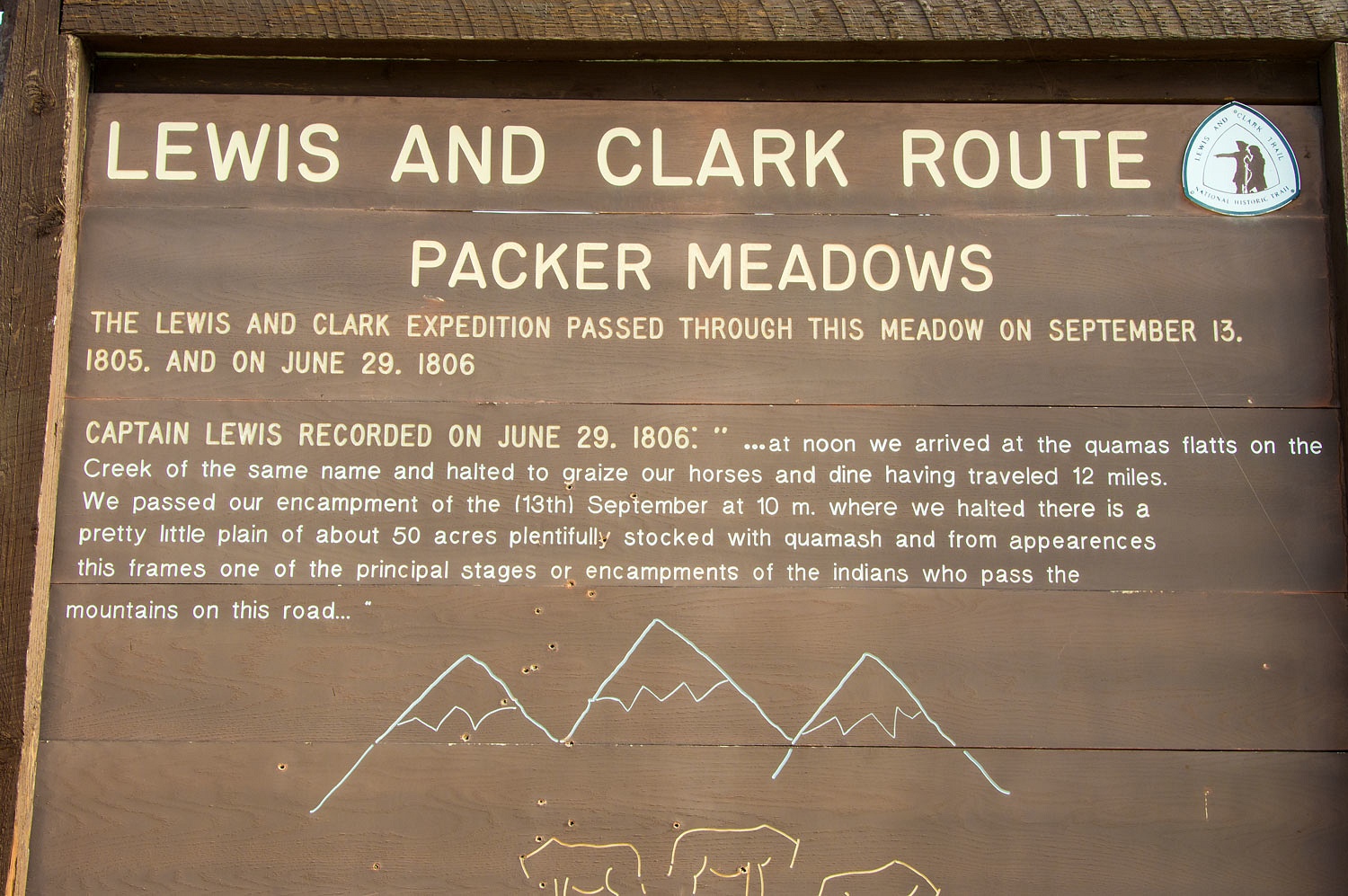
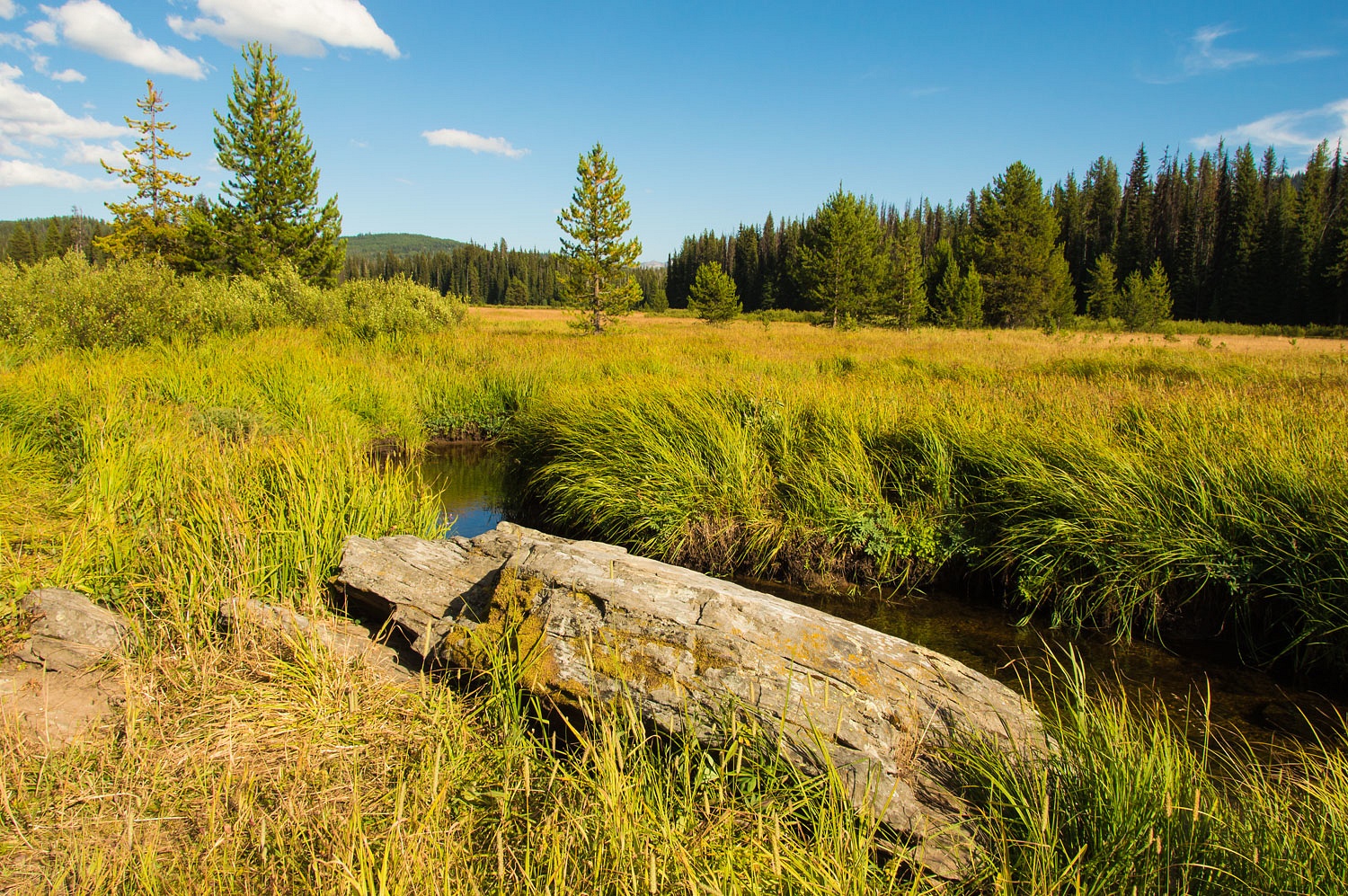
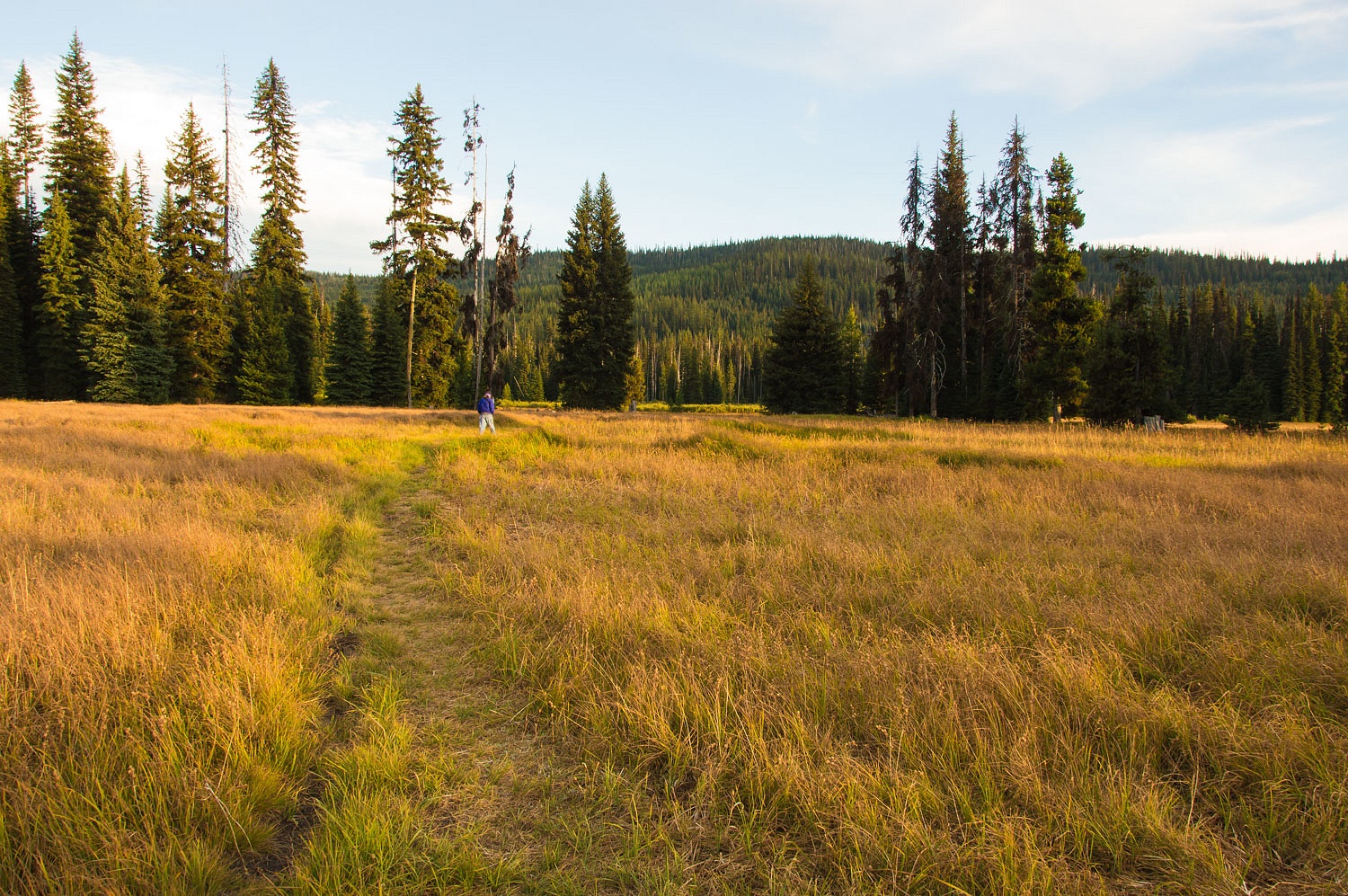
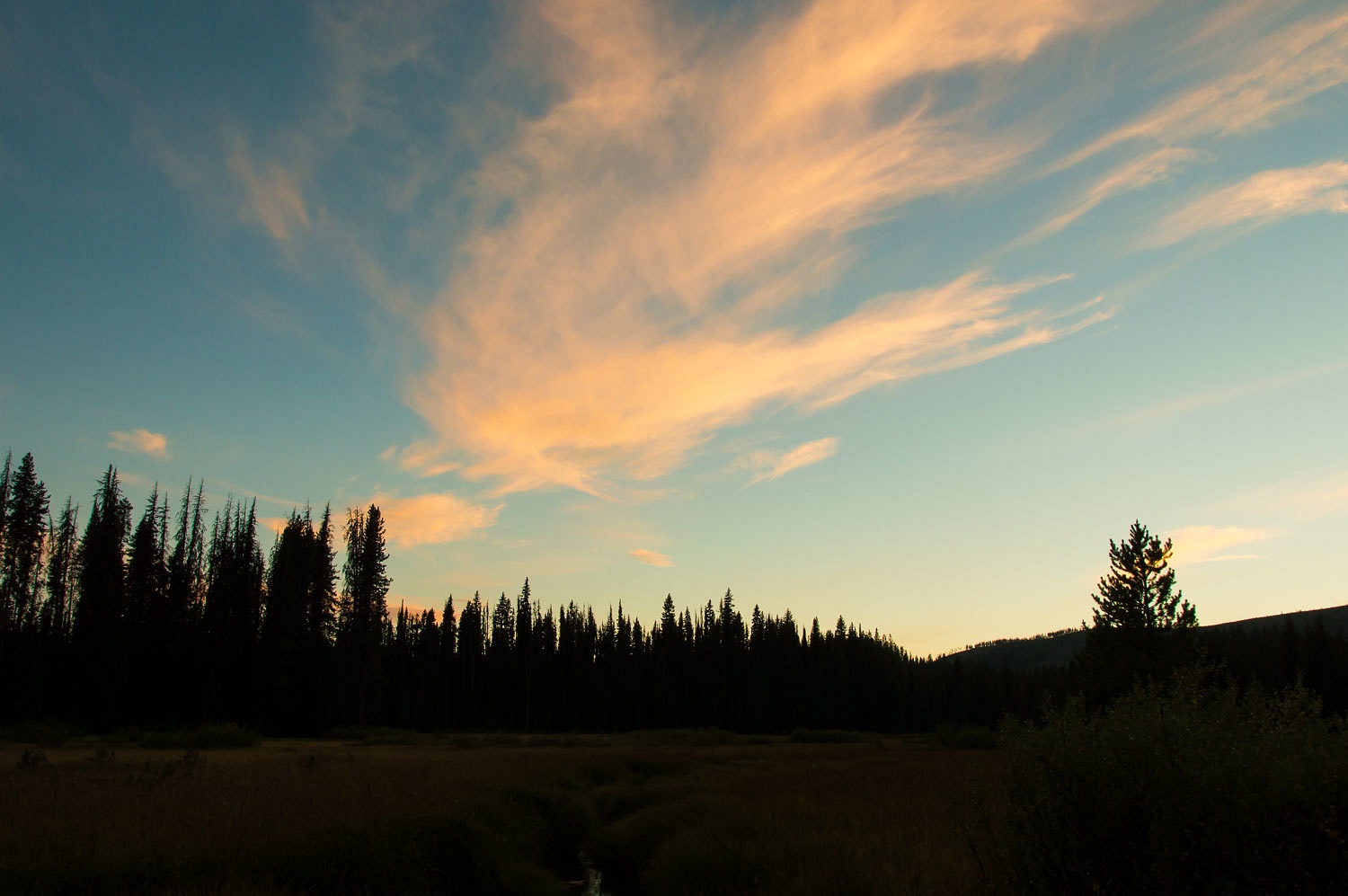
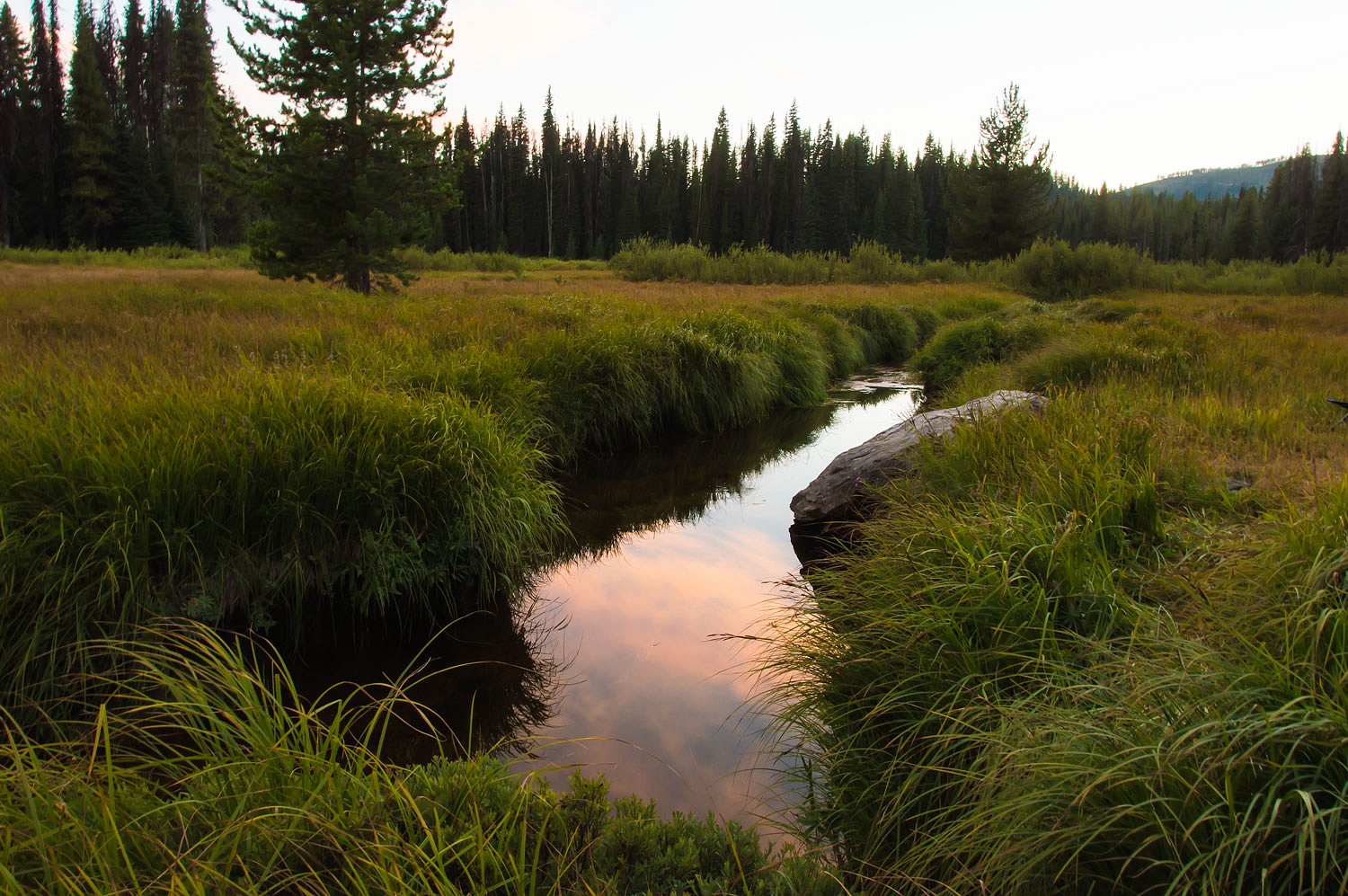
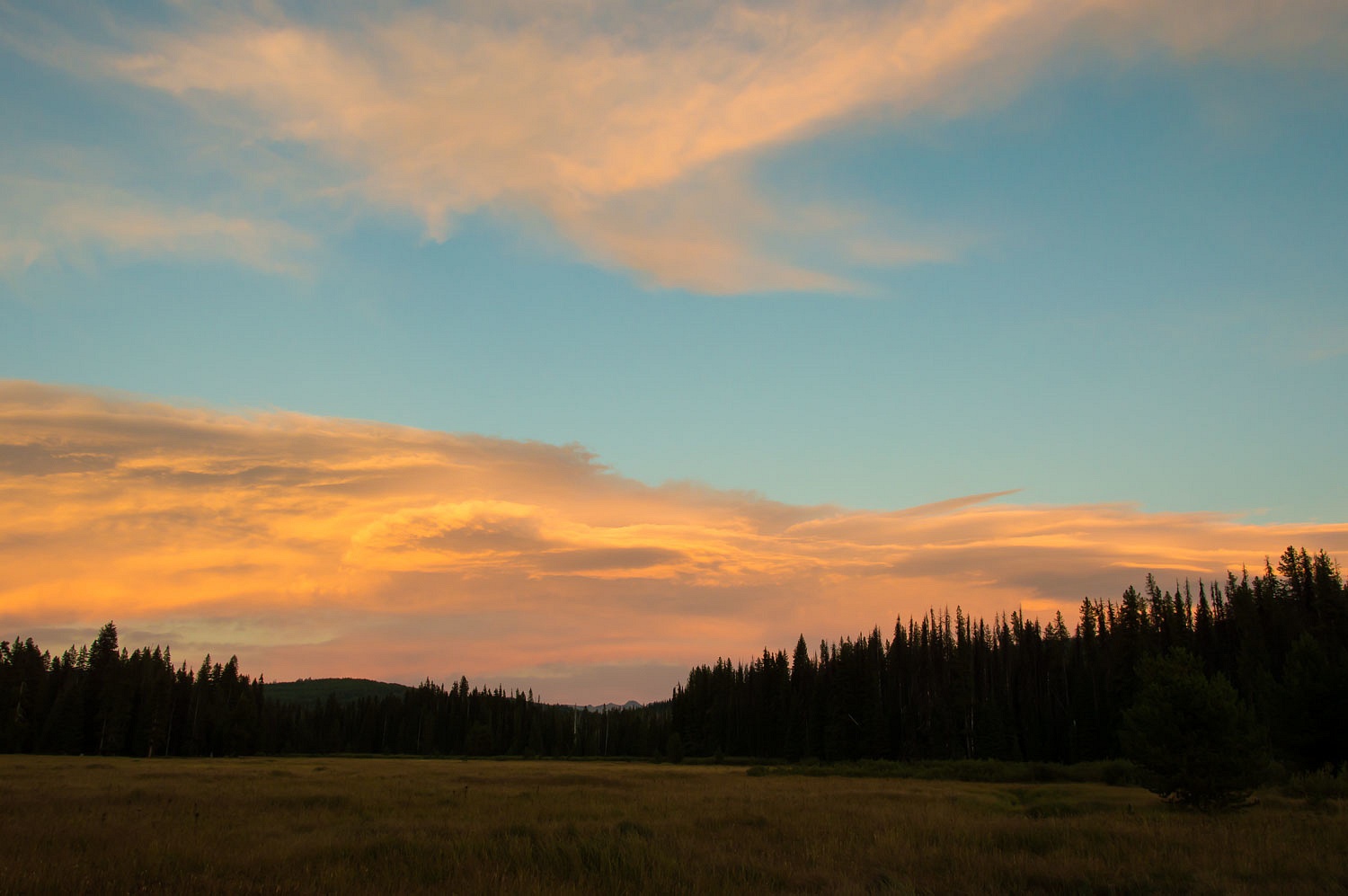
WOW that's about all I can say.
ReplyDeleteWe remember the Lolo pass area.
Frank
You are very kind, Frank. Thanks for enjoying our stories!
DeleteAnother epic report. Thanks.
ReplyDeleteBill
Thanks Bill!
DeleteCongratulations on moving that log out of the way -- great exercise, too!
ReplyDeleteIt is good to combine work and exercise! Thanks Dan!
Delete